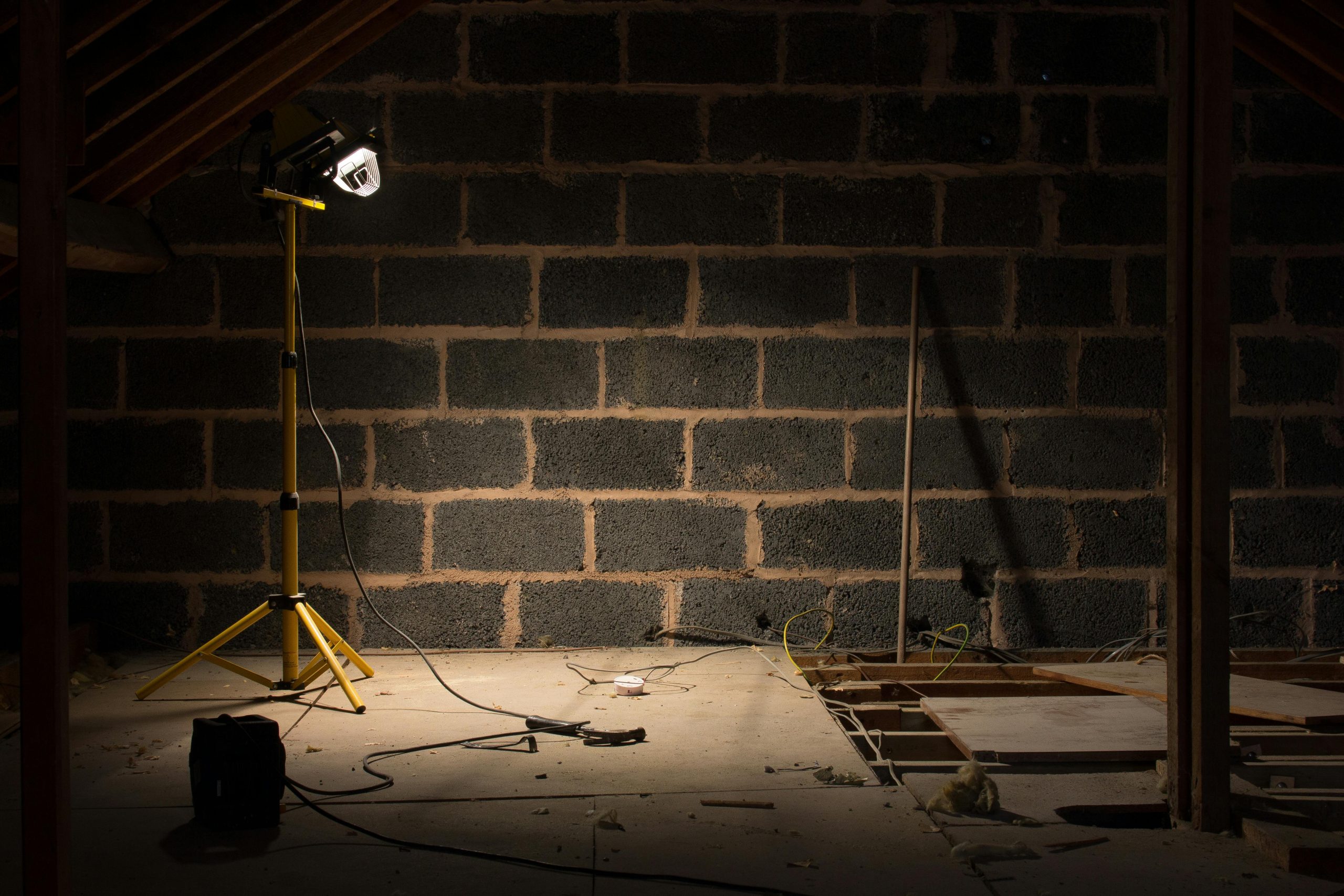How to Incorporate Passive Solar Design in UK Home Renovations?

As the world grapples with the spectre of climate change, energy-efficient and sustainable building practices are moving from the periphery to the mainstream. In the quest to reduce our carbon footprints, passive solar design has emerged as a promising concept. It’s all about positioning and designing your home in a way that harnesses the power of the sun, reducing your reliance on artificial heating and cooling. In this article, we’ll guide you on incorporating passive solar design in your UK home renovations.
The Principle of Passive Solar Design
Before you embark on your journey to retrofit your home with passive solar design, it’s important to understand the basic principles that underpin this concept. Passive solar design refers to the use of the sun’s energy for heating and cooling living spaces. It involves the strategic use of materials, and design techniques to heat and cool homes in an efficient and sustainable manner.
A voir aussi : How to Structure Joint Ventures for Real Estate Development Projects?
Understandably, you might be concerned about the British weather. However, contrary to popular belief, passive solar design doesn’t necessarily require intense sunlight. It’s more about how you capture and utilise whatever sunlight is available. Even in a country like the UK, with its notoriously unpredictable weather, passive solar design can still provide significant energy savings.
Steps to Incorporate Passive Solar Design
Incorporating passive solar design in your home renovation project involves careful planning and design. Here are some steps you can follow:
Cela peut vous intéresser : What Is the Impact of Coastal Erosion on Seaside Property Prices in the UK?
Assess Your Current Situation: Before you make any changes, you need to understand the current situation of the house. Identify the direction your home faces, where sunlight enters, and which rooms stay cold or get too hot. Understanding these patterns will guide your renovation plans.
Strategic Window Placement: One of the key aspects of passive solar design is the strategic placement and design of windows. South-facing windows allow more sunlight to enter your home during the winter months, while minimising heat gain during summer.
Adopt Heat Absorbing Materials: Materials that absorb and retain heat, such as concrete, brick, stone, or tile, can be used strategically in areas that receive sunlight. These materials, also known as thermal mass, store heat during the day and release it slowly when the temperature drops.
Enhancing Insulation and Sealing Air Leaks
While harnessing sunlight is at the heart of passive solar design, insulation and air sealing also play crucial roles. This is particularly relevant in the UK, where heat loss through drafts and poor insulation can significantly undermine energy efficiency.
Insulation: Good insulation reduces the amount of heat that escapes from your home, making it essential for any energy-efficient home design. When renovating, consider upgrading your insulation, especially in the roof and walls.
Sealing Air Leaks: Unsealed windows and doors are common culprits for heat loss. Ensure these areas are properly sealed during your renovation.
Solar Technology and Passive Solar Design
While passive solar design is primarily about the building’s design and materials, active solar technologies like solar panels or solar water heaters can complement your passive design.
Solar Panels: Solar panels capture sunlight and convert it into electricity, which can be used to power your home. While solar panels require an upfront investment, they can provide significant long-term savings.
Solar Water Heaters: A solar water heater uses the sun’s energy to heat water, which can then be used for showers, washing dishes, and other household tasks. This can further reduce your reliance on grid energy.
Incorporating passive solar design principles in your home renovation project can result in a more comfortable, energy-efficient home that’s better for the environment. While the challenges of the UK climate may seem daunting, they are far from insurmountable. With careful planning and design, you can harness the power of the sun to create a sustainable home that stands the test of time.
The Value of a Passive House in West London and the UK
When discussing passive solar design, it’s also essential to consider the concept of a passive house. This is a voluntary house standard that is designed to be extremely energy efficient, eco friendly, and comfortable. A passive house uses very low energy for heating or cooling, thereby significantly reducing its carbon footprint and energy bills.
Incorporating passive house standards into your home renovation can dramatically decrease your home’s energy consumption and embodied carbon, contributing to a greener planet and less straining on your pocket. Your passive house will not only be environmentally friendly but also cost-effective in the long run.
Despite the reputation of West London and the rest of the UK for its cold and damp weather, a passive house can still be practical and advantageous. This is because the passive house design not only focuses on harnessing sunlight, but also heavily emphasises insulation, heat recovery, and air tightness.
When renovating to meet the passive house standard, it’s advisable to work with an FMB member (Federation of Master Builders), or other certified builders, with experience in passive house design. They will have the knowledge and skills to ensure all elements of the design are integrated effectively, tackling any challenges posed by the UK’s climate.
The Future of Passive Solar Design and Renewable Energy Sources in the UK
Looking forward to the future of home renovations, passive solar design and renewable energy sources are set to play a significant role. The increasing awareness about climate change and the need to reduce carbon emissions are driving more homeowners to seek energy-efficient, eco-friendly solutions.
Implementing passive solar design principles during renovations is a sustainable and cost-effective way to reduce energy consumption. By utilizing the sun’s energy, homeowners can minimise reliance on non-renewable power sources and reduce their carbon emissions. This not only contributes to a cleaner environment but could also result in substantial savings on energy bills over time.
In addition to passive solar design, renewable energy technologies such as solar panels can further enhance the energy efficiency of homes. They provide an active means of harnessing solar energy, converting it into electricity to supplement or replace grid power.
Furthermore, the advancements in renewable energy technologies mean that they are becoming increasingly affordable and accessible. In fact, according to reports, the cost of installing solar panels in the UK has decreased significantly in recent years, making it a more viable option for many homeowners.
Conclusion
Renovating your home to incorporate passive solar design principles can be a worthwhile investment. These principles, when coupled with passive house standards, can result in a home that is both comfortable and energy-efficient, regardless of the UK’s climate.
While the initial costs could be higher, the long-term benefits in terms of reduced energy bills and carbon footprint are significant. With the rising trend of eco-conscious living, a passive solar, energy-efficient home could also increase your property’s value.
The future of home renovations in the UK looks promising with the increasing adoption of passive solar design and renewable energy technologies. As we continue to strive for a sustainable future, it’s clear that energy-efficient, low-energy homes will play a vital role in reducing our carbon emissions and combatting climate change. Remember, every step we take towards a more sustainable living environment is a step towards preserving our planet for future generations.
